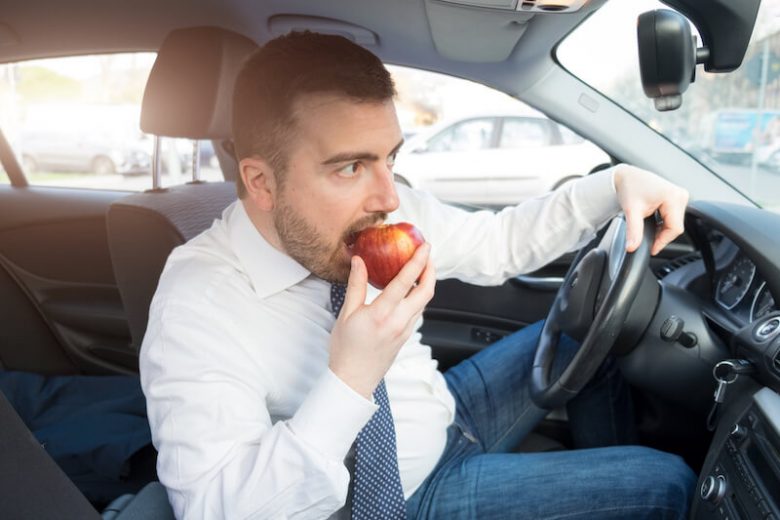Most people know how disabling diabetes can be, even life-threatening for some, since 34.2 million Americans suffer from it. That alarming statistic doesn’t include over 88 million individuals with pre-diabetes (1 out of 3 Americans). Yet, the average American wouldn’t think twice about the issues diabetic drivers deal with every day.
Use eTags© to Quickly Complete Your DMV Service. Renewals, Title Transfers and More, All Online!
Diabetic drivers may endanger themselves and others when they’re behind the wheel due to irregular blood sugar levels. Unfortunately, driving is unavoidable for many adults—including diabetics. This adds another complex layer of problems. Despite the obstacles, you can still drive safely and legally with a bit of preparation if you have diabetes.
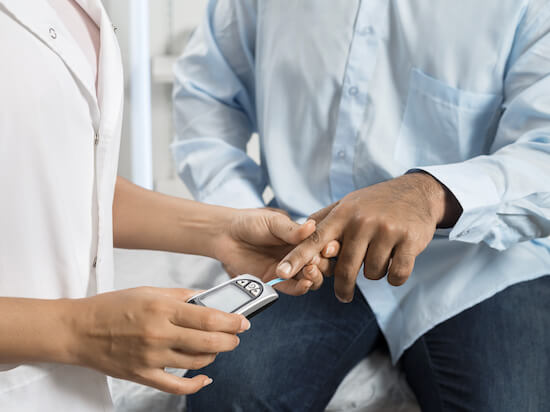
What is diabetes
According to the CDC, diabetes is a long-lasting disease that makes it difficult for the body to convert food sugar into energy. The body creates blood sugar (glucose) when the average person eats most types of food. After, glucose makes its way to the bloodstream and eventually into a person’s cells.
Type 1 diabetics can be 2.37 times more likely to drive unsafely
Insulin is a hormone that helps our cells use glucose as energy. People with diabetes either can’t produce this hormone at all (Type 1 diabetes) or can’t use it efficiently (Type 2 diabetes). So the glucose just sits in the bloodstream, which leads to health complications over time that can make driving difficult or even deadly.
In fact, the Research Society for the Study of Diabetes in India found that those with Type 1 diabetes were 2.37 times more likely to drive unsafely when they had high blood sugar levels (hyperglycemia). Other studies show that diabetics are 12%-19% more likely to get in an accident overall.
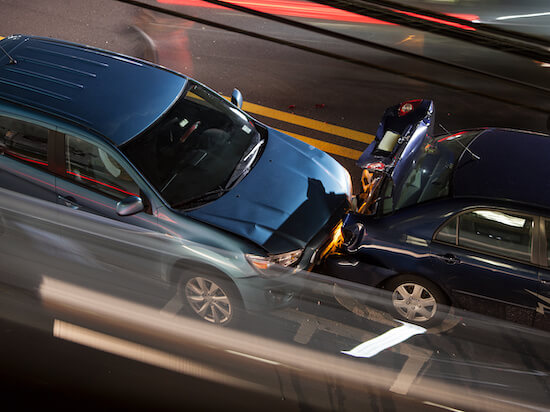
How does diabetes affect driving
Symptoms of diabetes include blurry vision, hearing loss, confusion, and nerve damage. These symptoms can make it more dangerous to drive, especially if you’re unaware that you have diabetes in the first place. Out of the millions of Americans with diabetes, 20% of them don’t know they have it.
1 in 5 Americans don’t know that they have diabetes
Untreated diabetes can lead to more serious problems that can make driving dangerous. More severe complications, like seizures and strokes, can happen suddenly for diabetic drivers. Also, irregular blood sugar levels can cause them to faint while behind the wheel.
Diabetes can make getting a driver’s license harder
In many states, a medical condition that could impair driving makes getting a driver’s license harder. For example, both New Mexico and California ask driver license applicants whether or not they have diabetes. Pennsylvania only issues driver’s licenses to those who haven’t had a severe high or low blood sugar episode in the past six months. Diabetics in these states need a medical evaluation and doctor’s permission to make sure they can drive safely.
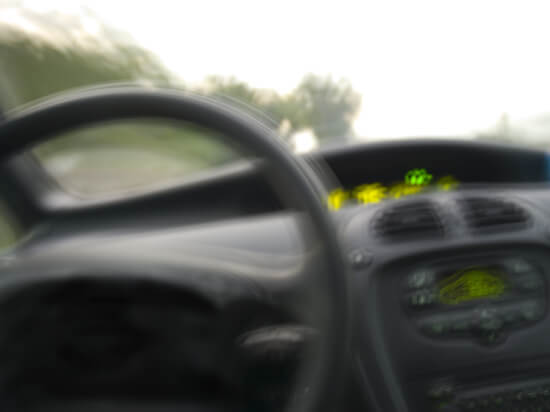
Often diabetics need medical approval before getting a driver’s license
States that don’t need a person’s medical history to issue a driver’s license still may have strict guidelines for people who need a commercial driver’s license (CDL). Colorado residents who want a CDL must earn a valid Medical Examiners Certification (MEC) if they have diabetes that requires insulin. There are similar restrictions in Florida. All of these precautions exist to keep the roads safe—not make a diabetic’s life more difficult. Laws aside, you can prevent dangerous driving with a little mindfulness if you struggle with diabetes.
How to drive safely as a diabetic driver
Just because you have diabetes doesn’t mean that you need to stop driving. People can manage this chronic condition and can even reverse it in some instances.
Know what happens when your blood sugar levels are off
Maybe you found out you have diabetes through a routine test. If you don’t know what happens when your glucose levels are off, you won’t know what to do when it happens. Blurry vision, lack of sensation, extreme confusion, and feeling faint are symptoms of irregular blood sugar levels. However, symptoms can extend beyond those (like feeling shaky because of high glucose levels).
Eat some sugary snacks and wait at least 45 minutes before getting on the road again if your blood sugar drops below 80 mg/DL
Monitor your blood sugar levels
Whether or not you’re feeling well, it’s always important to monitor your blood sugar levels before you drive. The rule of thumb is to have a blood glucose level of at least 80 mg/dL. If you’re above, it’s best to stay off the road. If your levels are below this, eat some sugary snacks and wait at least 45 minutes before getting on the road again. Also, make sure to monitor your status every two hours if you’re on a long road trip.
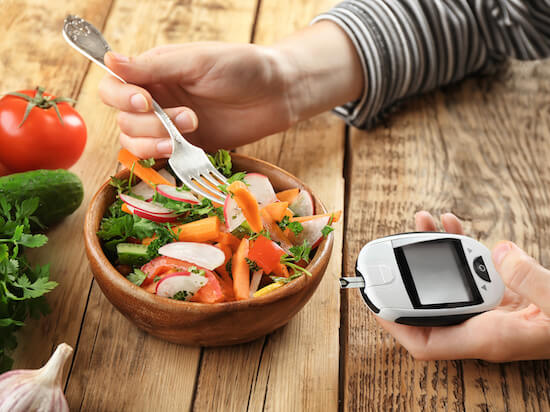
Keep healthy sugary snacks in the car
Low blood sugar (hypoglycemia) can lead to fainting spells and dizziness. Keep your favorite healthy sugary snacks near you in the car to help you avoid a flare-up. The American Diabetes Association says to keep fast-acting carbs (think glucose tablets and juice boxes) in the car to stop low blood sugar in its tracks.
Stay off the road if you’re not feeling well
At the end of the day, it’s your responsibility to make sure that you’re good to drive. The moment you feel unwell when you drive is the moment you should pull off the road. That said, sometimes accidents happen and you might need to reinstate your license or purchase a new car. Avoid any additional stress with online title transfers and registration services.
